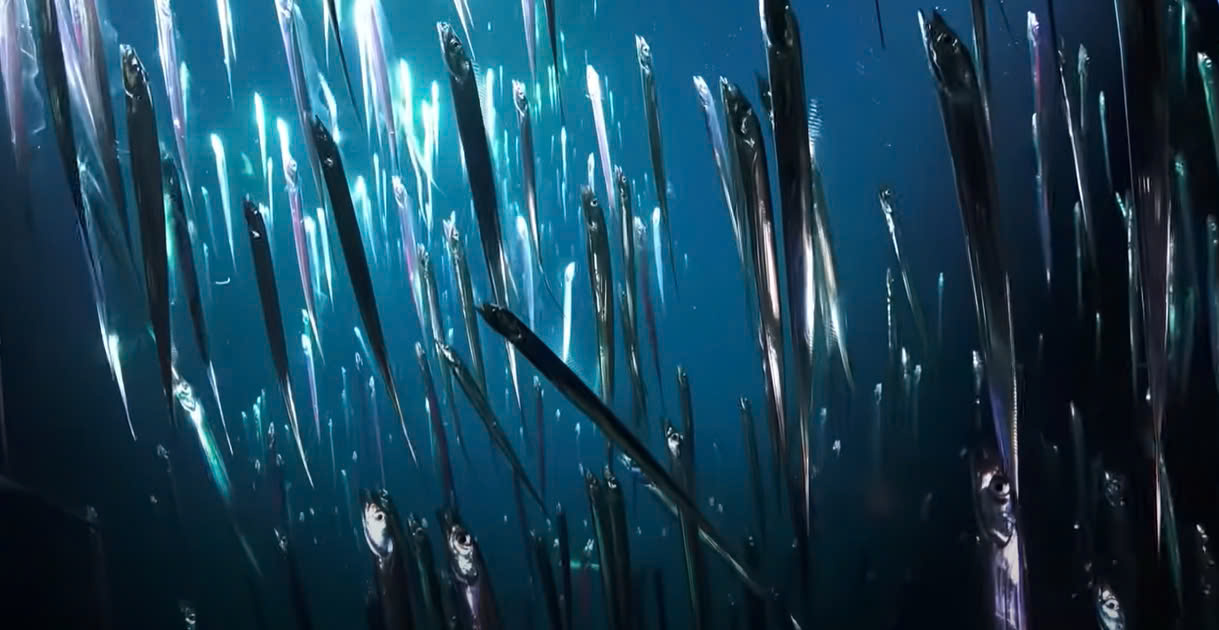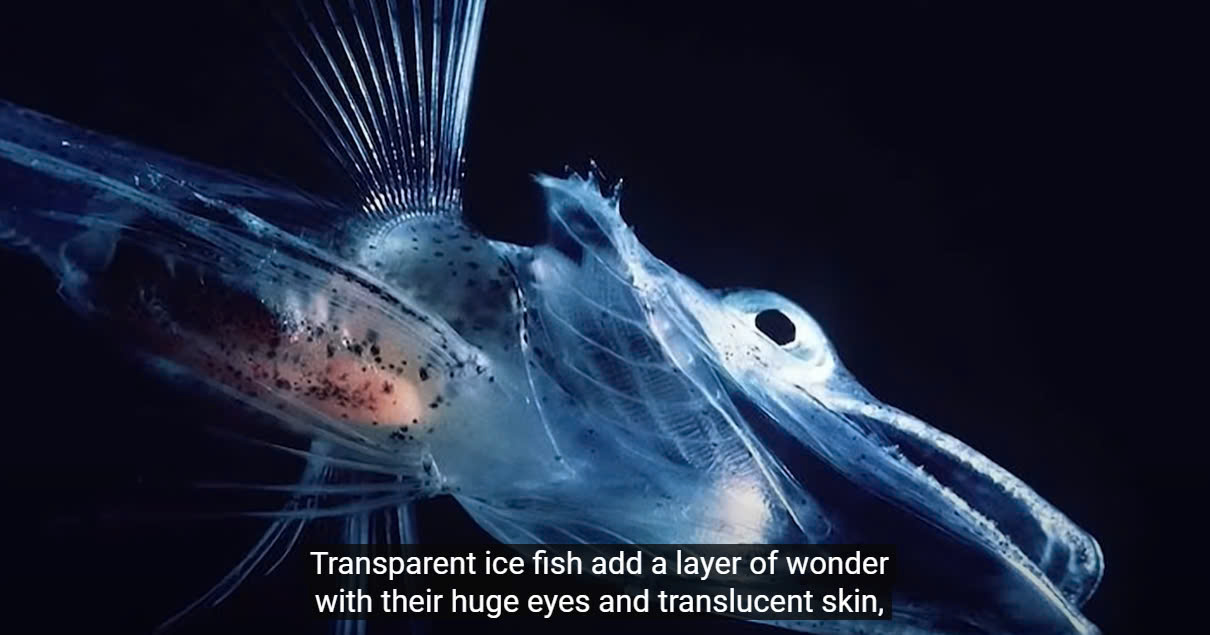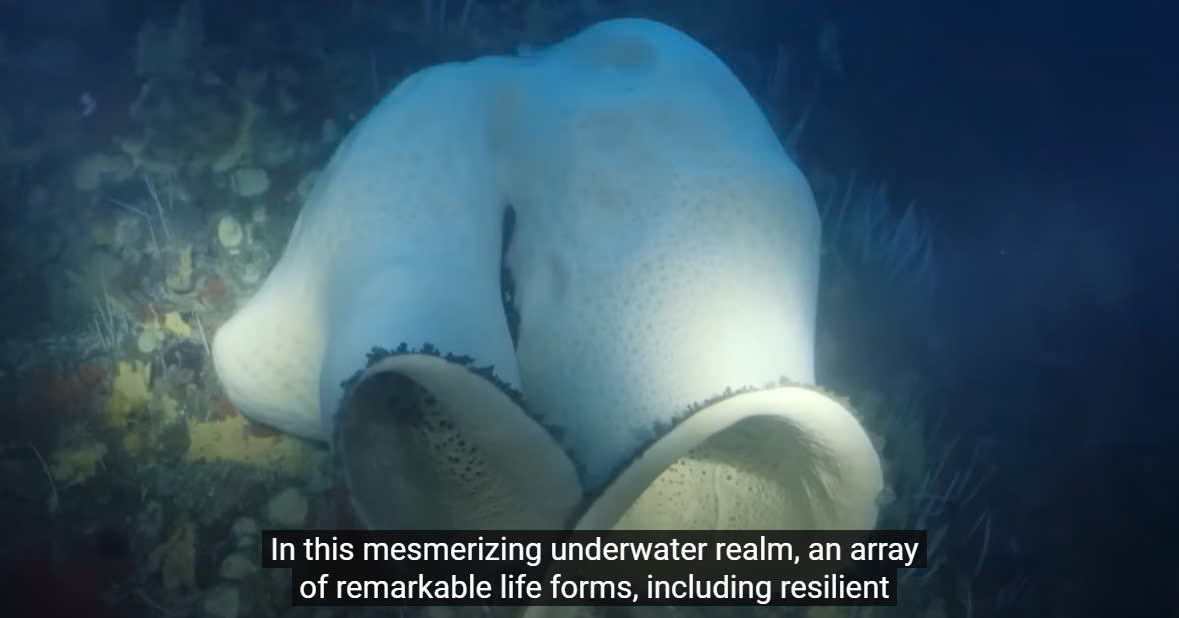Joe Rogan Tells Us What The Navy Saw While Diving in the Ocean

Our planet is primarily covered by water, and the oceans have always been the source of countless mysteries. Recently, Joe Rogan shared on a podcast about an astonishing discovery made by the Navy and marine scientists deep in the ocean. A Navy diver recounted witnessing a giant eye right in front of him in the darkness, making the story even more eerie.

The ocean, covering more than 70% of Earth’s surface, is home to over 226,000 known species. However, scientists estimate that hundreds of thousands, if not millions, of species have yet to be discovered. Along with this, climate change and pollution are having a major impact on marine ecosystems, leading to a decline in the numbers of these species.

NASA and the Navy have collaborated with maritime research institutes to explore the deep ocean trenches, such as the Mariana Trench—the deepest point on the planet, reaching almost 11 kilometers below sea level. Exploration at these depths is extremely challenging due to the immense pressure that can crush any organism or equipment unable to withstand it. This was demonstrated by the explosion of the Nereus submarine when it attempted to dive deeper in 2014.
Some major discoveries in the past, like ecosystems thriving around hydrothermal vents on the ocean floor, have completely reshaped humanity’s understanding of life’s ability to survive in extremely harsh conditions. Creatures such as the transparent snailfish and small crustaceans not only survive but thrive, thanks to special enzymes that protect them from the crushing pressures of the ocean depths.
In addition to exploring life on the ocean floor, scientists are also grappling with the severe impact of human activities. Plastic pollution has raised serious concerns, particularly in the Arctic region. Researchers have found large amounts of microplastics trapped in ice, with up to 12,000 particles per liter of sea ice. This serves as a stark warning about the effects of plastic waste on human health and marine life.
As efforts to explore and protect the oceans continue, humanity is gradually uncovering the hidden mysteries beneath the deep waters, while also confronting the responsibility to safeguard these natural wonders from negative environmental impacts.

Marine plastic pollution poses a severe and growing global threat, with an estimated 5 trillion pieces of plastic drifting in the world’s oceans. These plastics not only wreak havoc on marine life—where fish and birds mistakenly consume plastic debris—but also make their way into the human food chain. Microplastics, pervasive in the ocean’s surface waters, have become an omnipresent challenge. Even the remote Arctic is no longer a pristine sanctuary, as studies reveal shocking levels of plastic contamination. Each liter of Arctic sea ice contains up to 12,000 microplastic pieces, three times more than the infamous Pacific Garbage Patch. Over one trillion pieces of plastic are now embedded in the Arctic ice, some as small as 11 micrometers, posing a direct threat to marine ecosystems and potentially human health.

Shifting to Antarctica, the allure of this frozen continent has captivated scientists for centuries due to its vast, unexplored mysteries. Beneath the Antarctic ice lie over 400 lakes, concealed under 3 km of ice, first discovered by radar in the 1970s. These lakes, like the colossal Lake Vostok, defy freezing due to the immense pressure of the ice sheets above. This unique environment has preserved pristine ecosystems, including life forms that are nothing short of extraordinary.
In these subglacial lakes, scientists have uncovered an astonishing array of life. Colossal crabs, gigantic squid, and golden-bristled worms with sharp jaws inhabit these waters. The transparent ice fish, with their large eyes and translucent skin, are equipped with antifreeze glycoproteins, allowing them to survive in these frigid depths. Even more remarkable is how these organisms derive energy from sources such as methane and ammonia, instead of sunlight, offering groundbreaking insights into the adaptability of life under extreme conditions.
Recent discoveries under Antarctica’s Thwaites Glacier, often called the “Doomsday Glacier,” have raised alarm about rapid ice retreat and potential future collapses. Parallel grooves on the sea floor reveal evidence of previous rapid retreats, heightening concerns over climate change’s impact. Moreover, a massive underground river has been found flowing beneath the ice, draining meltwater into the Weddell Sea, further painting a picture of an unseen, dramatic landscape beneath the ice.
NASA’s Terra satellite captured the journey of the world’s largest iceberg, A76, as it drifted away from Antarctica, illustrating the dynamic changes taking place in the polar regions. This floating ice mass is a stark reminder of the significant impacts of global warming on the Antarctic ice sheet.
The exploration of Antarctica’s subglacial lakes and underwater ecosystems continues to yield awe-inspiring revelations. These findings not only deepen our understanding of life’s resilience but also remind us of the fragility of these remote and unique environments in the face of global challenges such as climate change and pollution.








